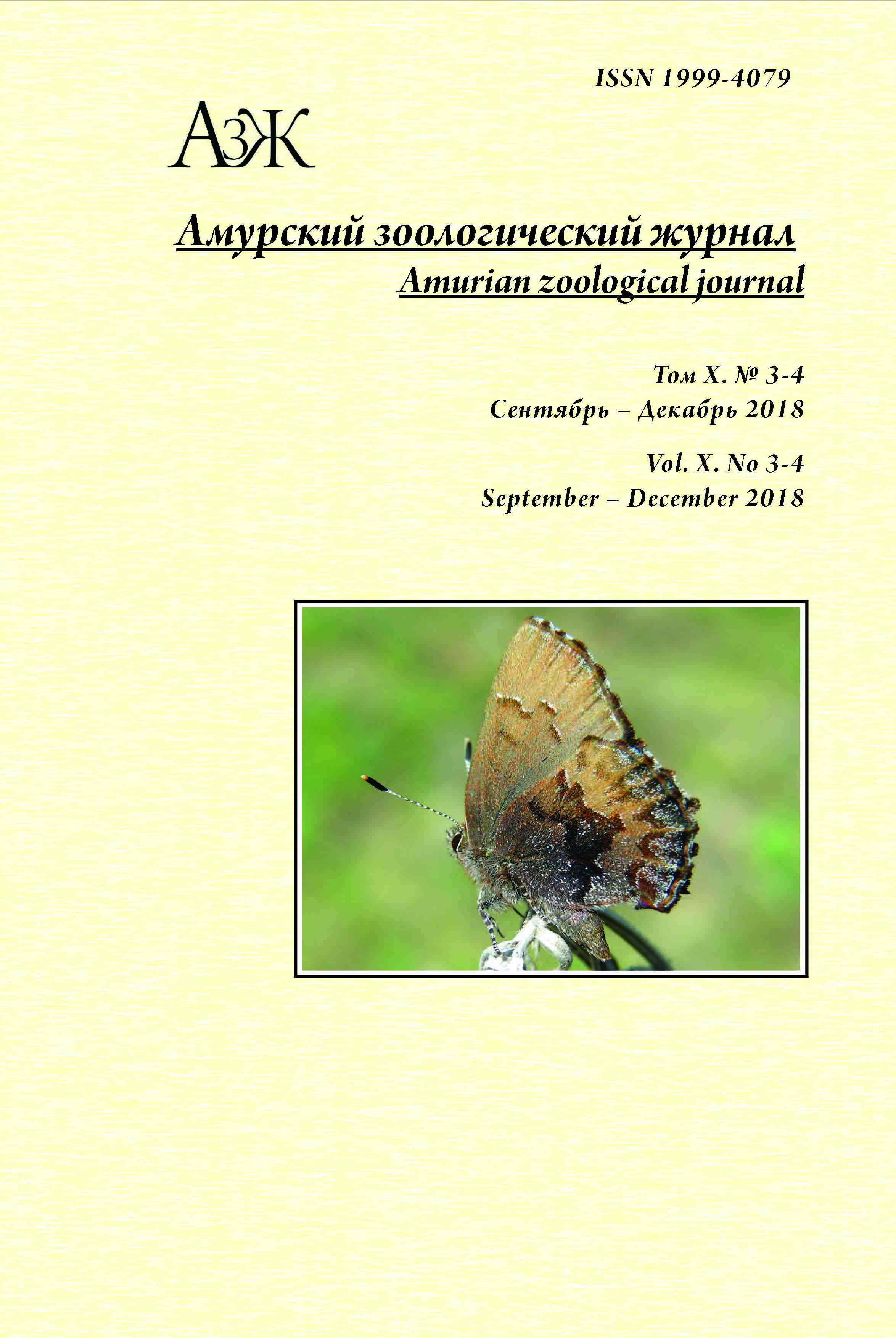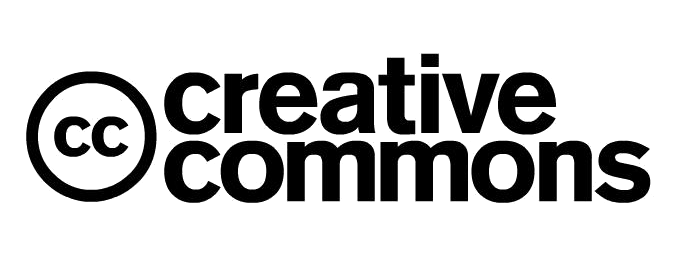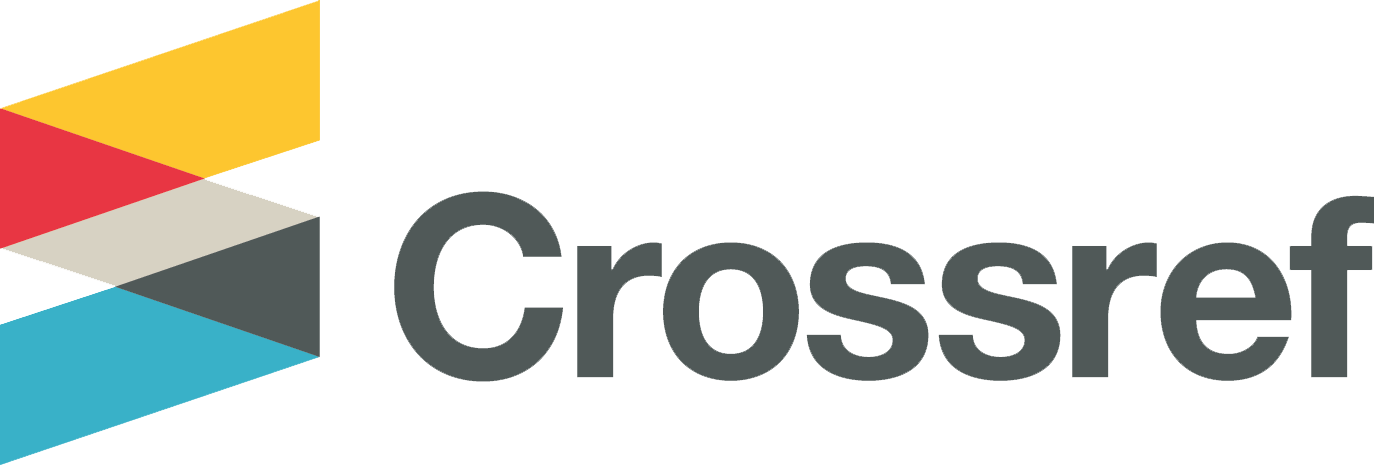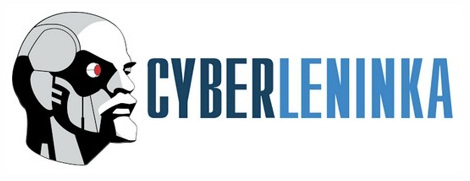APPLICATION OF REGRESSION EQUATIONS IN LIMNOLOGICAL RESEARCHES: ADVANTAGES OF USING ARTIFICIAL NEURAL NETWORKS
DOI:
https://doi.org/10.33910/1999-4079-2018-10-3-4-197-205Keywords:
limnology, regression models, artificial neural networks, ecosystem, primary production, chlorophyll a, zoobenthosAbstract
In the present paper the accuracy of regression models prediction of some important parameters of lake ecosystems (primary production, chlorophyll a concentration, zooplankton and zoobenthos biomass) is analyzed on the basis of literature data. It was shown that the prediction accuracy, measured as the mean absolute percentage error (MAPE), in almost all cases reaches 60-100%, what does not allow these models to be used for expert assessments of the ecosystem parameters of lakes. Using the literary data, multiple regression models were generated on the base of artificial neural network technology. Verification of the accuracy of these models was performed on independent data that were not used to build this model. Neural network regression models turned out to be more accurate – their mean absolute percentage error did not exceed 25%. Thus, in our opinion, the advantage of using regression neural network models in limnological studies is very perspective.
References
Иконников В.Б., Кузей Л.М., Суворов Д.В., 2003. Пространственные особенности трансформации лимнических систем Белоруссии // Озерные экосистемы: биологические процессы, антропогенная трансформация, качество воды. Минск. С. 25-28.
Китаев С.П., 2007. Основы лимнологии для гидробиологов и ихтиологов. Петрозаводск: Карельский научный центр РАН. 395 с.
Нейронные сети, 2008. STATISTICA Neural Networks: методология и технология современного анализа данных / Под редакцией В.П. Боровикова. М.: Горячая линия – Телеком. 392 с.
Трифонова И.С., 1989. Содержание хлорофилла и скорость продуцирования органического вещества в озерах с разным уровнем концентрации биогенных элементов // Трансформация органического вещества при антропогенном эвтрофировании озер. Л.: Наука. С. 78-93.
Dillon P.J., Rigler F.H., 1974. The phosphorus-chlorophyll relationship in lakes // Limnology and Oceanography, Volume 19, Issue 5. P. 767-773. https://doi.org/10.4319/lo.1974.19.5.0767
Hanson J. M., Peters R.H., 1984. Empirical prediction of crustacean zooplankton Biomass and Profundal Macrobenthos Biomass in Lakes // Can. J. Fish. Aquat. Sci., Vol. 41. P.439-445.
Rasmussen J.B., 1988. Littoral zoobenthic biomass in lakes, and its relationship to physical, chemical, and trophic factors. // Can. J. Fish. Aquat. Sci. 45. P. 1436-1447.
The world’s lakes have finally been counted, 2018 www.uu.se/en/media/news/ article/?id=3637&area=2,5,10,16&typ=artikel&na=&lang=en
Downloads
Published
Issue
Section
License
Copyright (c) 2018 O. P. Sosnovskaia, V. V. Skvortsov

This work is licensed under a Creative Commons Attribution-NonCommercial 4.0 International License.
The work is provided under the terms of the Public Offer and of Creative Commons public license Creative Commons Attribution 4.0 International (CC BY 4.0).
This license permits an unlimited number of users to copy and redistribute the material in any medium or format, and to remix, transform, and build upon the material for any purpose, including commercial use.
This license retains copyright for the authors but allows others to freely distribute, use, and adapt the work, on the mandatory condition that appropriate credit is given. Users must provide a correct link to the original publication in our journal, cite the authors' names, and indicate if any changes were made.
Copyright remains with the authors. The CC BY 4.0 license does not transfer rights to third parties but rather grants users prior permission for use, provided the attribution condition is met. Any use of the work will be governed by the terms of this license.







